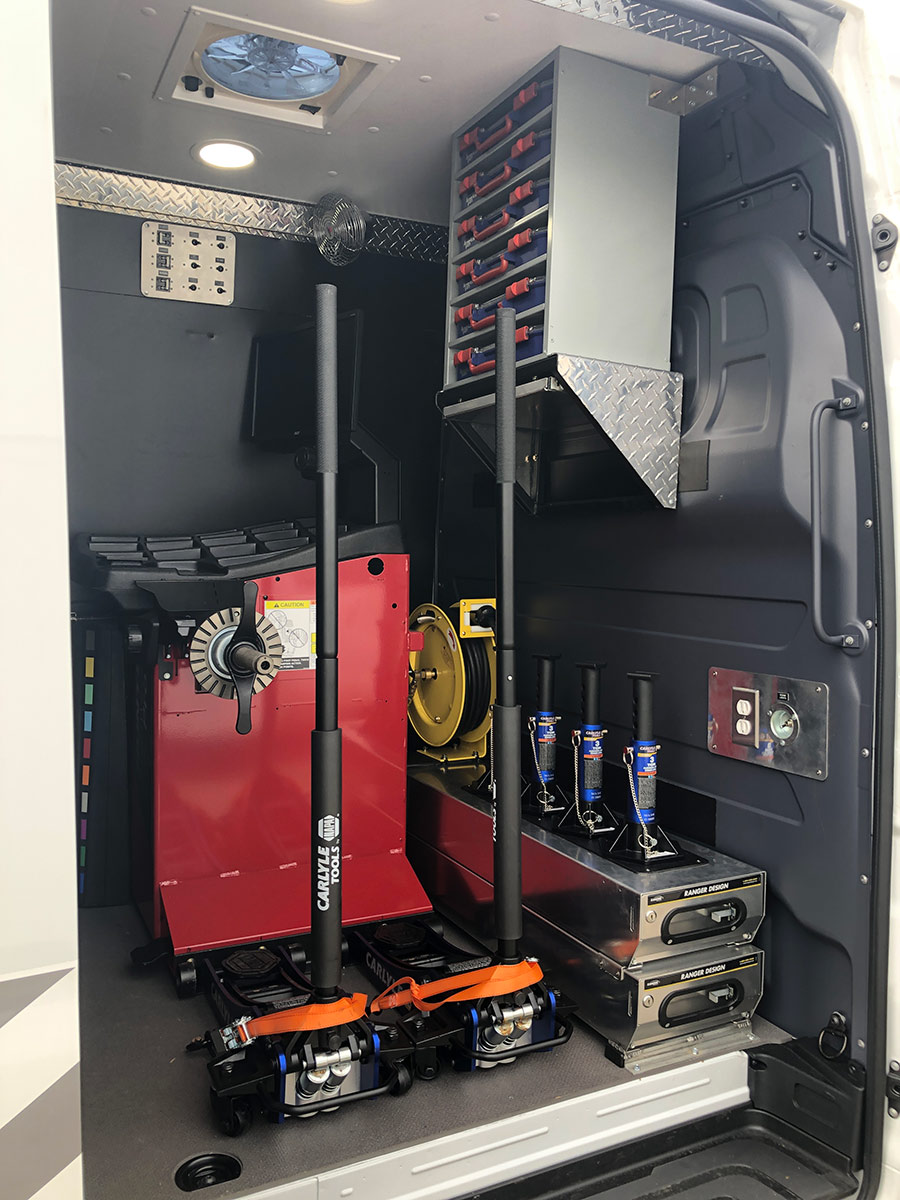Quick Feedback Mobile Tire Change Service in Las Vegas
Quick Feedback Mobile Tire Change Service in Las Vegas
Blog Article
Tire Solution: Proven Techniques for Optimum Tire Upkeep and Care
From making sure correct tire stress to routine rotation and positioning, there are tried and tested approaches that can substantially prolong the lifespan of your tires and enhance general driving experience. Allow's delve into the world of tire solution and find the keys to keeping your tires in first-class shape for the lengthy haul - Mobile Tire Service Las Vegas.
Importance of Tire Stress
Appropriate tire stress is an essential element in making sure optimal car performance and safety and security when traveling. Preserving the suggested tire stress levels supplied by the manufacturer uses many benefits. Firstly, sufficient tire stress advertises much better gas effectiveness, as under-inflated tires can bring about increased rolling resistance, causing the engine to function more difficult and eat more gas. Correct tire stress makes sure even tread wear, enhancing tire long life and conserving money in the lengthy run by postponing the requirement for premature substitutes. In addition, effectively pumped up tires add to enhanced handling and braking abilities, important for safe driving in numerous roadway conditions. Over-inflated tires, on the other hand, can cause lowered grip and a harsher adventure. Alternatively, under-inflated tires are vulnerable to overheating, which can lead to mishaps and blowouts. Regularly readjusting and inspecting tire pressure, specifically previously lengthy trips, is a basic yet efficient way to enhance vehicle efficiency, expand tire life expectancy, and prioritize security when traveling.
Tire Rotation Guidelines
When taking into consideration tire rotation guidelines, it is important to understand the significance of this maintenance task in optimizing tire lifespan and preserving ideal automobile efficiency. Tire turning involves changing the setting of each tire on an automobile to make sure also step wear. Front tires have a tendency to use faster than back tires as a result of steering forces, making regular turning vital for well balanced wear patterns. The suggested rotation pattern differs relying on whether an automobile is front-wheel, rear-wheel, all-wheel, or four-wheel drive. Usually, tires ought to be rotated every 5,000 to 7,500 miles, or as advised in the automobile handbook. Neglecting tire rotation can lead to irregular wear, influencing handling, grip, and possibly compromising automobile safety. By sticking to appropriate turning standards, vehicle drivers can prolong the life of their tires, boost gas performance, and improve general driving experience. Normal rotation is an easy yet effective upkeep method that adds substantially to tire longevity and lorry performance.

Advantages of Wheel Placement
Ensuring proper wheel positioning after tire rotation is essential for maintaining well balanced wear patterns and maximizing automobile performance. In addition, appropriate wheel placement helps to expand the lifespan of your tires. Misaligned wheels can cause unequal tire wear, leading to premature tire replacement and raised maintenance prices.

Tire Footstep Depth Examine
Doing a regular assessment more helpful hints of tire tread depth is essential for keeping safe driving problems and prolonging the life expectancy of your tires. The tread on your tires plays a crucial role in giving traction, particularly in wet or unsafe problems. To check your tire walk deepness, you can use a walk deepness gauge or the dime test. The recommended tread deepness goes to least 2/32 of an inch. If the walk deepness is below this threshold, it is time to change your tires to make certain optimal performance and safety and security when traveling. Irregular tread wear can show issues with tire stress, suspension, or alignment, highlighting the value of regular tread deepness checks. Disregarding to monitor and maintain proper tread deepness can bring about lowered grip, longer braking distances, and an enhanced risk of hydroplaning. By incorporating tire tread deepness checks right into your regular upkeep routine, you can drive with self-confidence understanding that your tires remain in top condition.
Seasonal Tire Evaluation
An extensive evaluation of tire condition customized to certain climate condition is important for preserving optimum performance and safety and security throughout the year. Seasonal tire assessment is a fundamental facet of tire maintenance that makes sure tires are ready to deal with the challenges presented by different climate conditions. To prepare for winter, it is necessary to check the tire pressure frequently as cold temperature levels can cause tire pressure to go down. Inspecting tire tread deepness is also crucial to guarantee appropriate grip on snow and ice-covered roadways. Additionally, looking for indicators of wear and tear, such as fractures or lumps, can assist stop potential tire failures. As the seasons change, it is necessary to assess tire condition and make any type of essential changes to guarantee risk-free driving. By carrying out routine seasonal tire inspections, chauffeurs can extend tire lifespan, improve gas effectiveness, and most importantly, guarantee a safe driving experience in differing weather - Mobile Tire Repair Las Vegas.
Final Thought
In conclusion, keeping appropriate tire these details stress, turning tires frequently, aligning wheels appropriately, checking walk deepness, and carrying out seasonal inspections are necessary methods for optimal tire treatment. By following these proven approaches, chauffeurs can guarantee their tires last longer, do better, and add to general lorry security. It is very important to focus on tire upkeep to stop accidents, enhance gas performance, and prolong the life expectancy of tires.
Sufficient tire stress advertises better fuel effectiveness, as under-inflated tires can lead to raised rolling resistance, causing the engine to work more challenging and eat more fuel.When thinking about tire turning standards, it is vital to recognize the relevance of this maintenance task in taking full advantage of tire life-span and keeping optimum vehicle performance. Seasonal tire evaluation is an essential facet of tire upkeep that makes certain tires are ready to face the difficulties postured by different weather condition conditions. By carrying out routine seasonal tire evaluations, chauffeurs can extend tire life-span, boost gas performance, and most importantly, guarantee a safe and secure driving experience in differing weather condition problems.
In final thought, preserving appropriate tire pressure, turning tires consistently, aligning wheels correctly, keeping an eye on walk depth, and conducting seasonal inspections are essential practices for optimum tire treatment.
Report this page